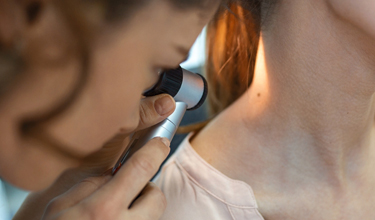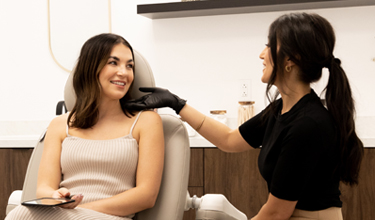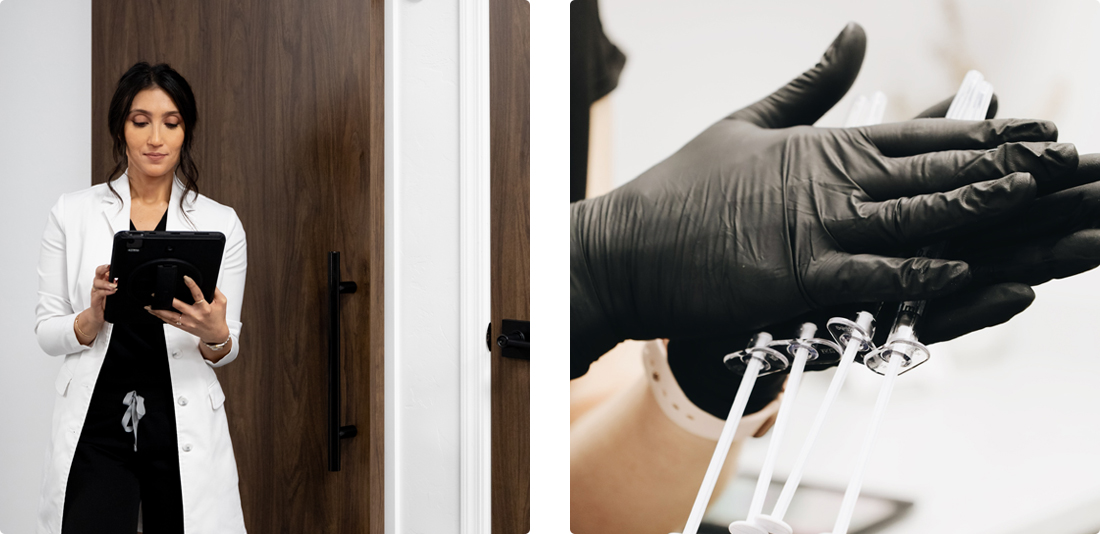Cellulite Treatment
What is cellulite?
Cellulite is a common skin condition where fat pushes between the connective tissue, giving the skin lumpy and puckered appearance. Sometimes it is said to resemble “cottage cheese” or “orange peel.” It is most often seen on the thighs, hips, and buttocks.
Cellulite forms just below the skin, and is caused when fat cells push up against the skin while the fibrous connective bands that tether the skin pull down. The tension gives a dimpled appearance to the skin.
While it is unknown precisely what causes cellulite, and why some people develop it while others do not, there are several factors influence the likelihood of cellulite:
- Age: When the skin loses elasticity and collagen, as happens during the aging process, the fat cells begin to show through the collagen.
- Genetics: Cellulite tends to run in families, so genetics play a role.
- Gender: Cellulite is more common in women, and 90 percent of women develop cellulite after puberty. Women’s fat is distributed through the thighs and hips, areas that commonly show cellulite.
- Weight: It is true that weight gain can make cellulite more noticeable, but some individuals with little body fat have cellulite as well.
Although the condition is harmless and does not pose any health risks, many people seek out treatments to reduce the look of cellulite. These can include dietary changes, exercise, topical creams (such as retinol), radiofrequency devices, and injections. Since there is no way to completely eliminate cellulite, the goal of such treatments should be to reduce its appearance.
If you are unhappy with the presence of cellulite on your body, speak with your health care provider about therapies that may help.








 / 291 Reviews
/ 291 Reviews
socialize with avant
#naturalskin